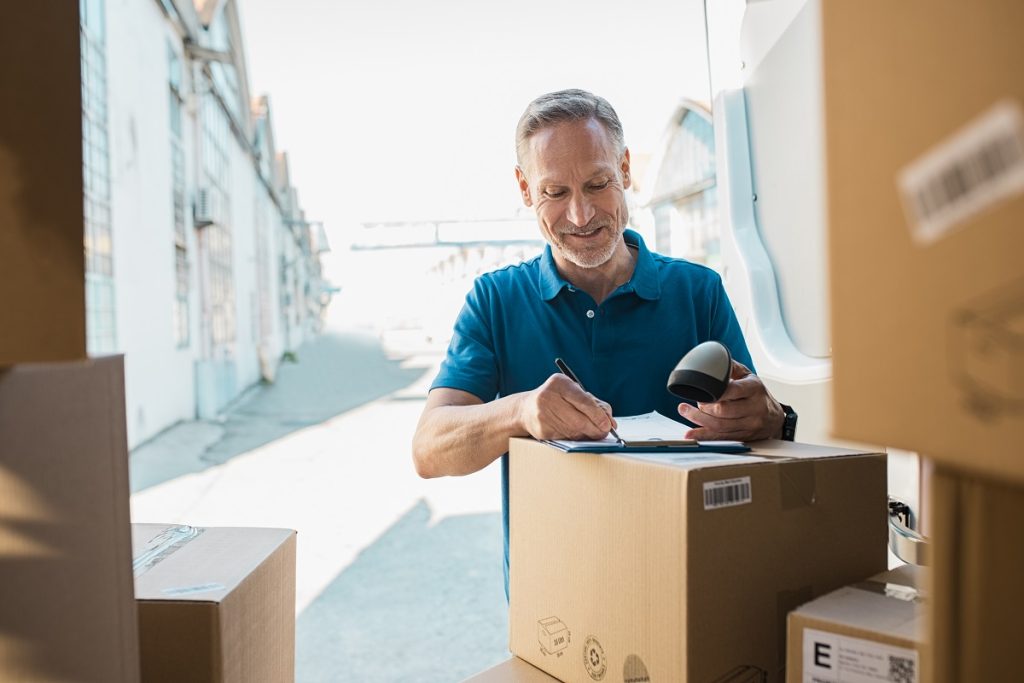- Delays in deliveries can damage a retail store’s reputation and lead to customer frustration and dissatisfaction.
- Common reasons for delivery struggles include ineffective communication, poor inventory management, and inefficient delivery processes.
- Other contributing factors are inaccurate customer data and inadequate staff training, leading to delays.
- Improvements can be made through automation, the right delivery partner, tracking technology, and flexible delivery options.
- Streamlined delivery processes and reliable partners can help retail businesses meet customer expectations and improve satisfaction.
As a business owner, you must provide high-quality customer service to keep up with the competition. One of the critical components of customer satisfaction is timely delivery, yet many retail stores struggle to keep up with delivery expectations. It can be frustrating, leading to lost sales, negative reviews, and a damaged brand reputation. You need to know some things about delayed deliveries, why your store struggles with deliveries, and what you can do.
Delays on Deliveries
It’s estimated that delayed packages are only delayed for about a day. However, things can worsen if the order is shipped to the wrong address or lost in transit. Your customers could take days, weeks, or even months to receive their orders. Not only does this cause inconvenience and frustration for your customers, but it will also damage your store’s reputation as a reliable provider of goods and services.
Reasons Your Store is Struggling with Deliveries
Your store might struggle to meet delivery expectations for a few common reasons. Here are some of them:
1. Ineffective Communication:
One of the most significant reasons your retail store may struggle with deliveries is ineffective communication. Communication glitches between various departments and staff members can cause significant disruptions in the delivery process. If the warehouse team fails to communicate the goods’ availability to the delivery team, the customer may wait longer or even receive the wrong products. To overcome this challenge, ensure that all departments involved in the delivery process collaborate and use a reliable and unified communication platform.

2. Poor Inventory Management:
Retail stores that struggle with deliveries often have issues with inventory management. The inventory team may not have control over stock levels, which leads to stockouts or delayed shipments.
Poor inventory management can quickly get out of hand when the retail store has multiple locations, as keeping inventory in real-time is challenging. Many inventory management software solutions can help with inventory tracking, demand forecasting, and replenishment. Using these tools allows you to control your inventory levels and avoid stockouts.
3. Inefficient Delivery Processes:
Your retail store’s delivery process may be inefficient, leading to customer delays and dissatisfaction. Inefficient delivery processes may include ineffective routes, mismatched vehicle sizes, or limited delivery windows.
For example, the weather affects 12% of truck deliveries, so scheduling deliveries properly is vital. Ideally, to resolve these issues, retail stores should invest in delivery technology and software that optimizes delivery routes and schedules while ensuring on-time delivery. The choice of delivery partner is also crucial in ensuring timely delivery. Choose a reliable delivery partner with a proven track record to help reduce delivery delays.
4. Poor Customer Data:
Lack of customer data often leads to inaccurate delivery addresses and missed deliveries. Ensure your delivery process captures sufficient customer data, such as accurate addresses, contact details, and preferred delivery times. Automated tools that prompt customers to confirm their delivery information can reduce errors and improve delivery success rates. Accurate customer data lets you track delivery status and quickly identify and resolve any issues.
5. Inadequate Staff Training:
The success of your retail store’s delivery process is highly dependent on staff capabilities and delivering quality service. Inadequate training of delivery staff can quickly lead to unwanted transport delays, delivery issues, missed deadlines, and ultimately customer dissatisfaction. Ensure that your staff receives adequate training in handling deliveries and customer service, which goes a long way in improving customer satisfaction.
How to Improve Your Deliveries
There are various ways to improve your delivery process and ensure customers get their orders within the expected time frame. Here are a few:
Invest in Automation

Investing in automated solutions for inventory management, route optimization, order fulfillment, and customer service can help streamline processes and reduce delays. Automated systems can also offer real-time visibility into stock levels, delivery status, and driver locations.
Choose the Right Delivery Partner
Choose a reliable delivery partner with industry experience who can provide timely deliveries. Your delivery partner should offer pricing plans tailored to your needs and provide real-time visibility into order status. Additionally, they should have knowledgeable customer service staff available to handle any issues quickly. Search for reliable 3PL companies to help you. These companies can provide on-demand delivery services and help you with inventory management, order fulfillment, billing, and more.
Use Technology to Track Progress
Use tracking technology to monitor the progress of each delivery. This will allow you to identify potential issues and take corrective action, if needed, quickly. You can also use tracking technology to alert your customers about their orders’ status so they can plan for delivery.
Provide Flexible Delivery Options
Offer customers flexible delivery options to meet their needs. Consider implementing options such as same-day delivery or multi-location deliveries so customers can pick up their orders from a convenient location. You can also allow customers to track their order status and schedule deliveries at the most suitable time.
Following these steps can streamline the delivery process and ensure your customers get their orders on time. Improving customer satisfaction is essential to the success of any retail business, so make sure you prioritize timely deliveries. With streamlined processes and reliable partners, you can take control of your store’s delivery performance and keep up with customer expectations.



